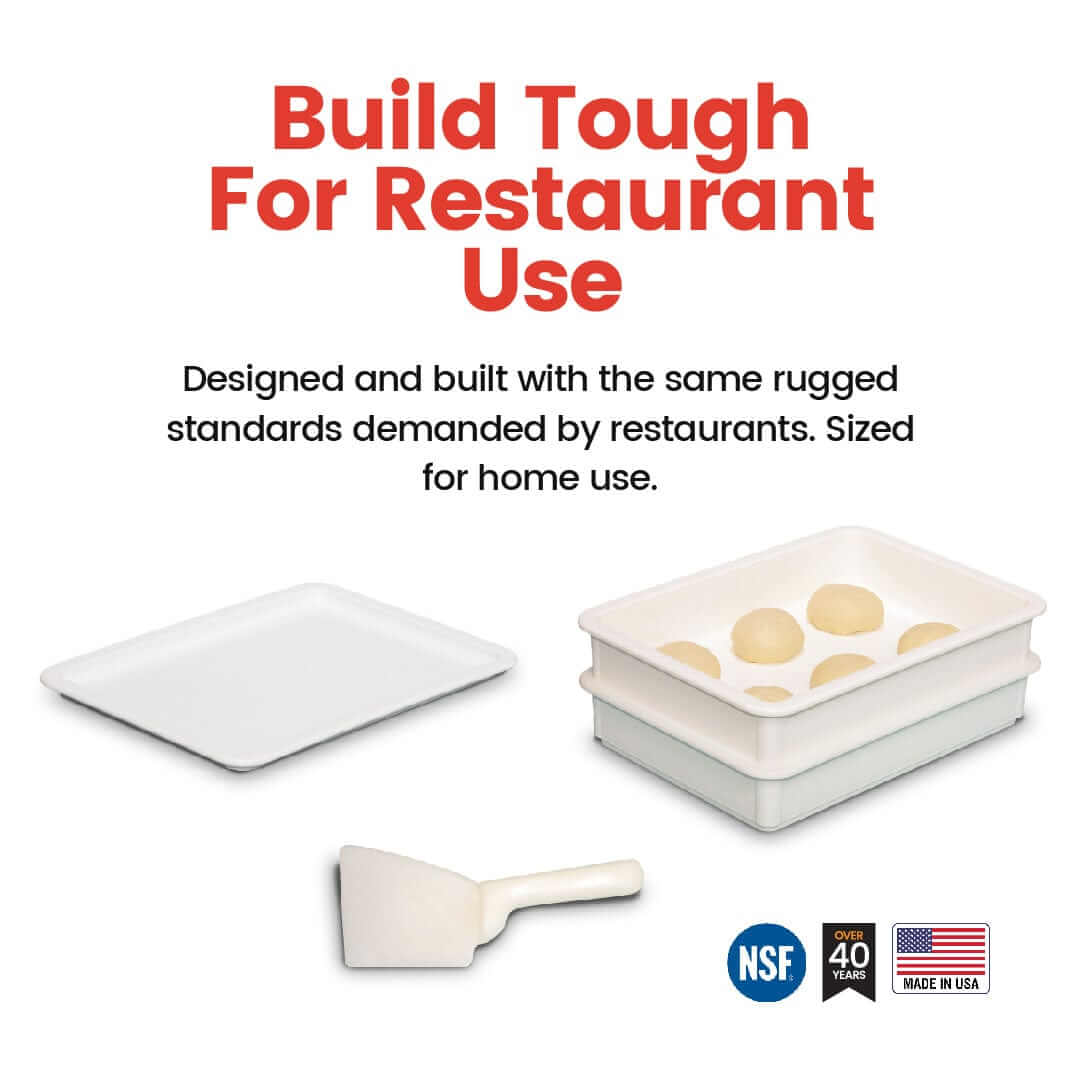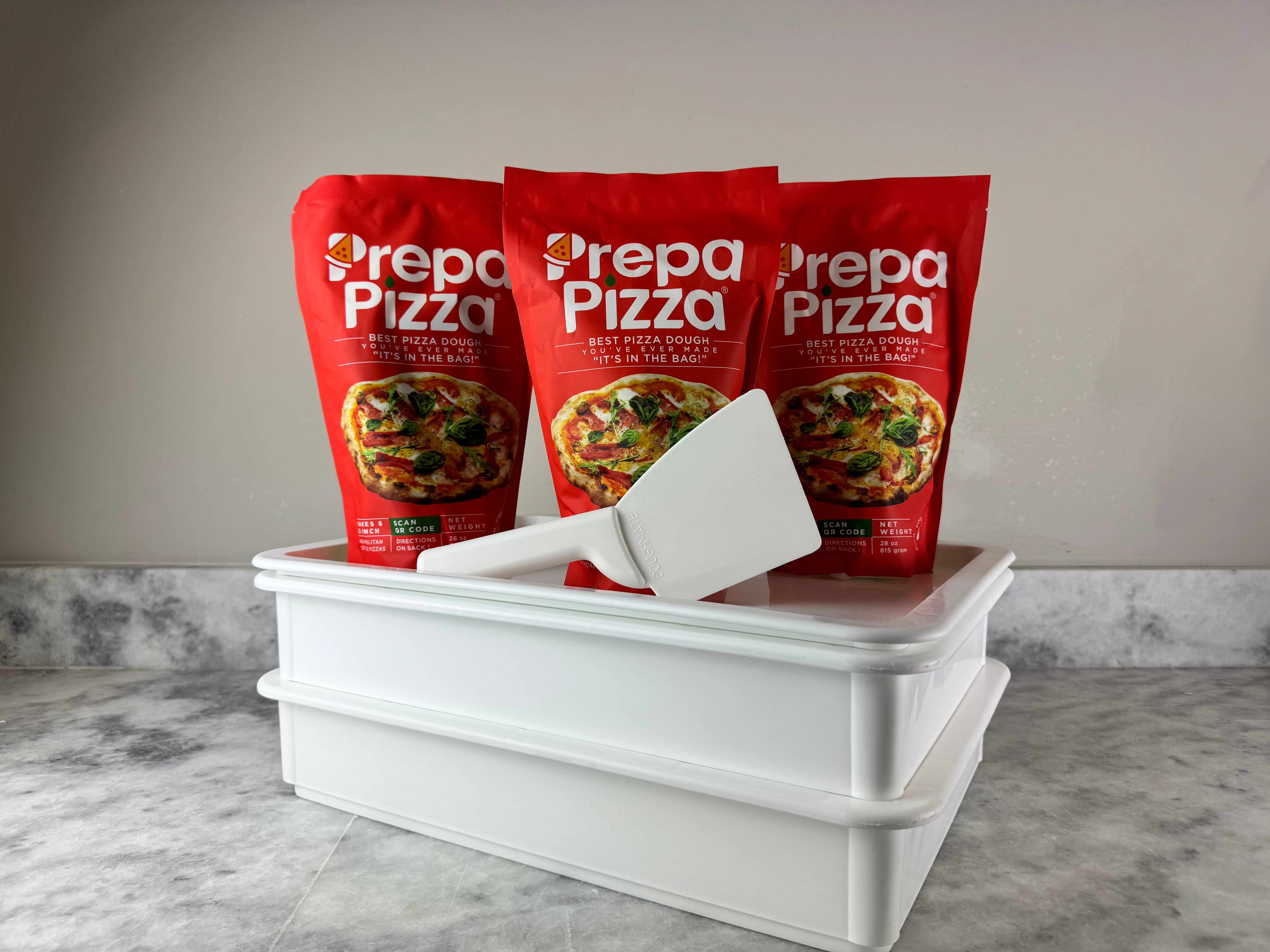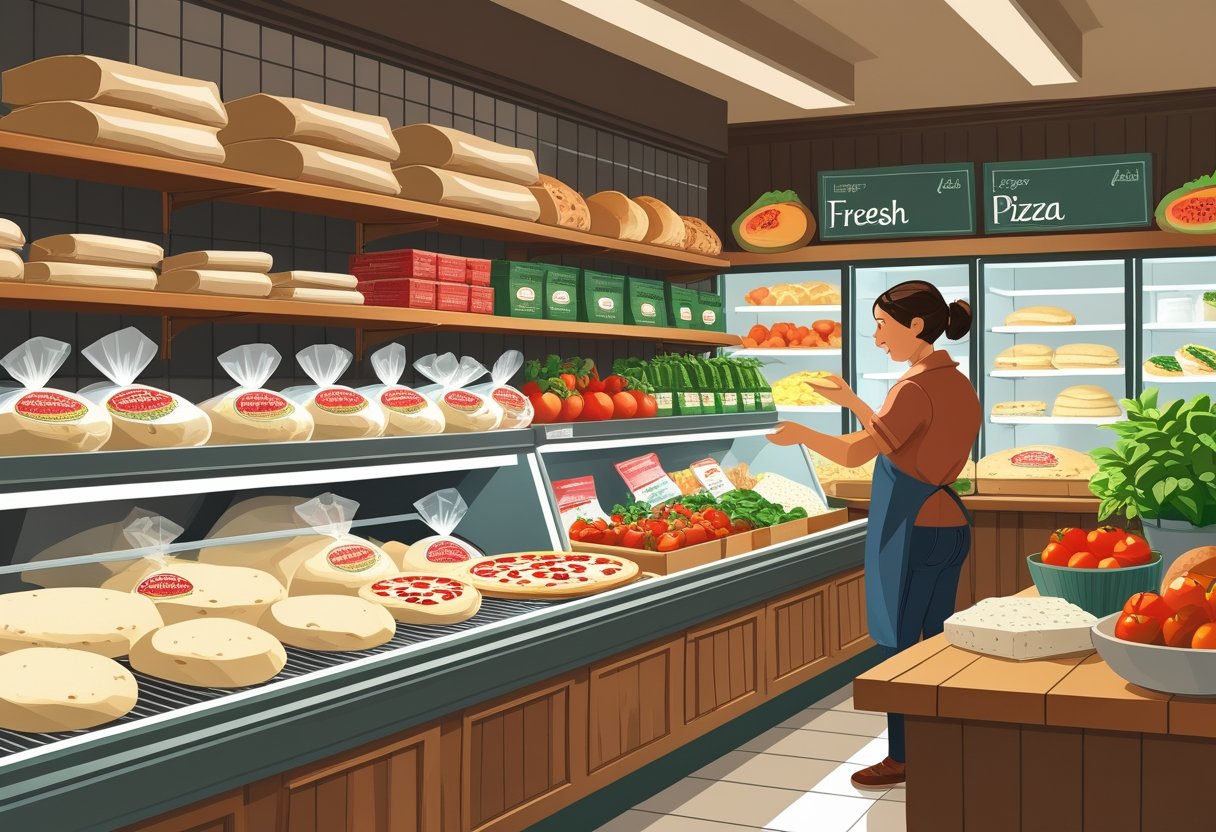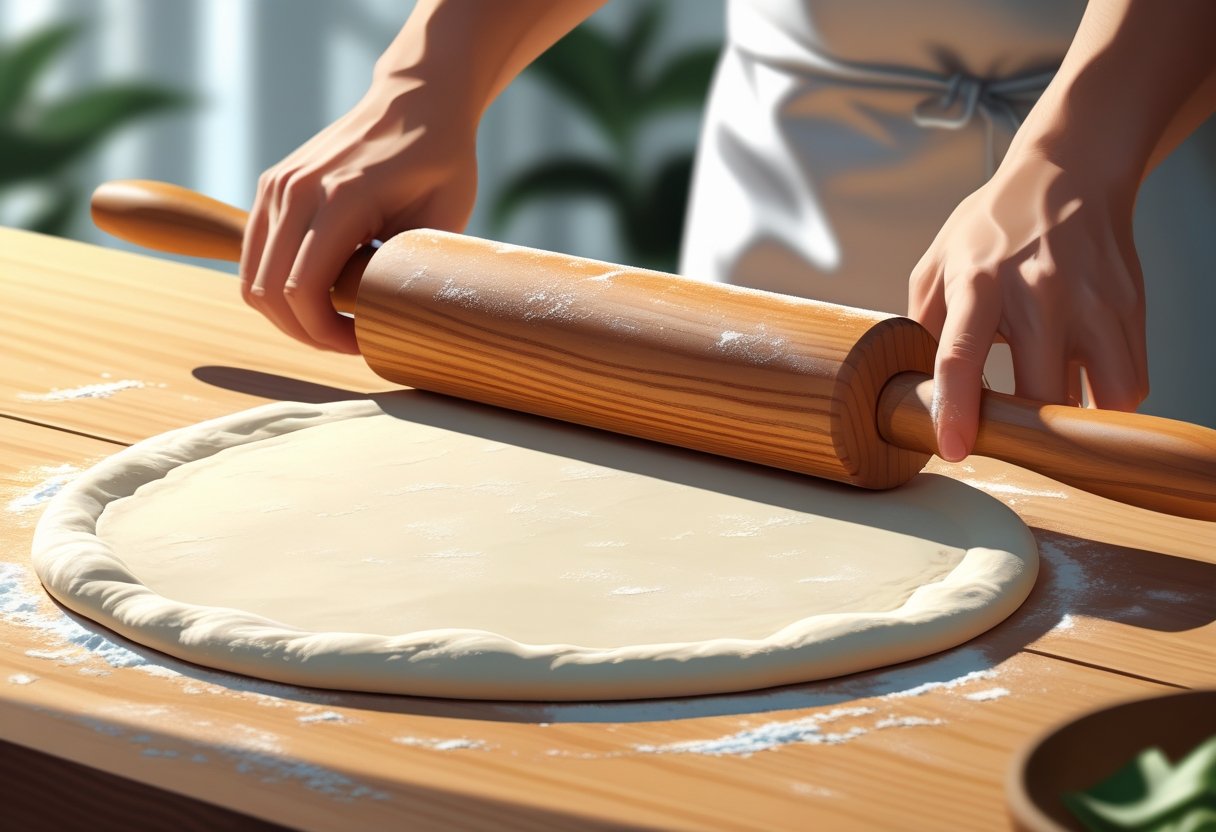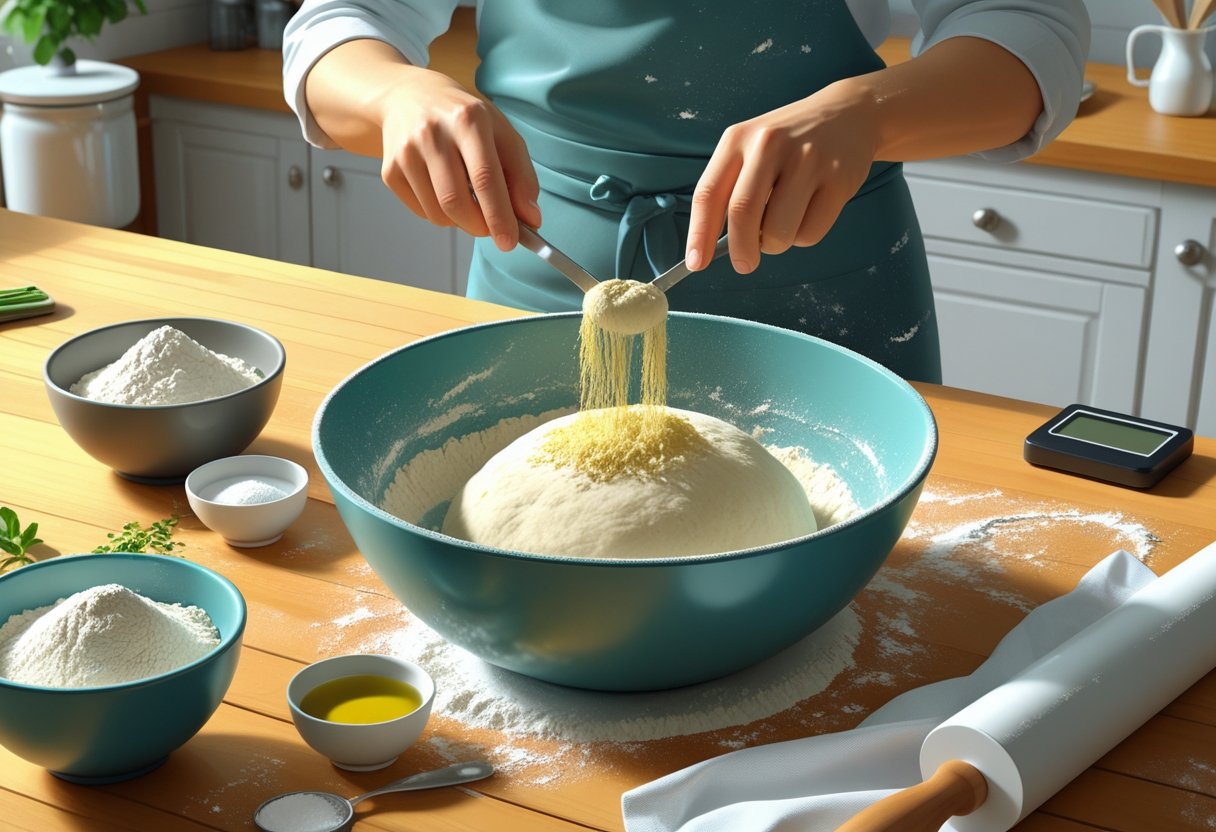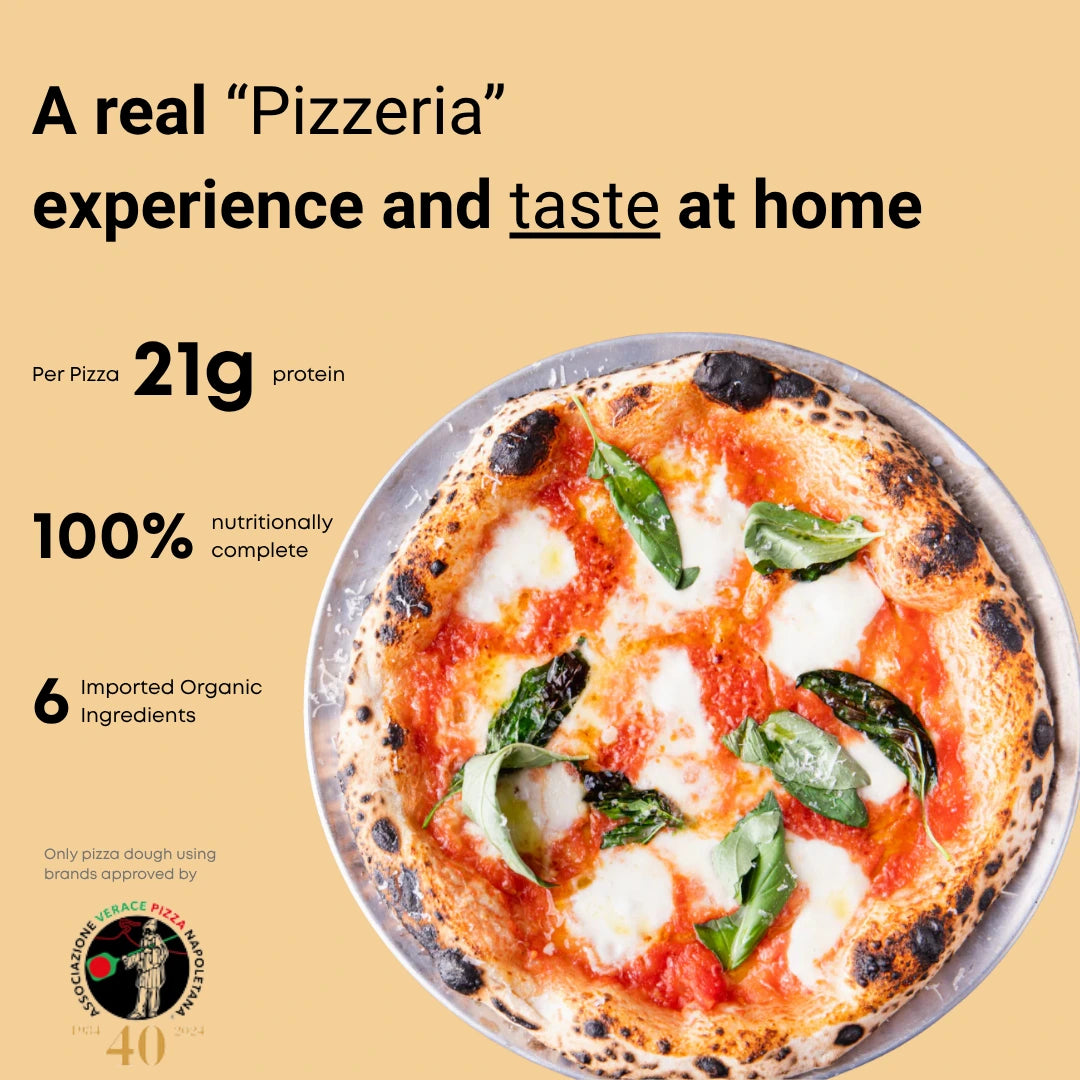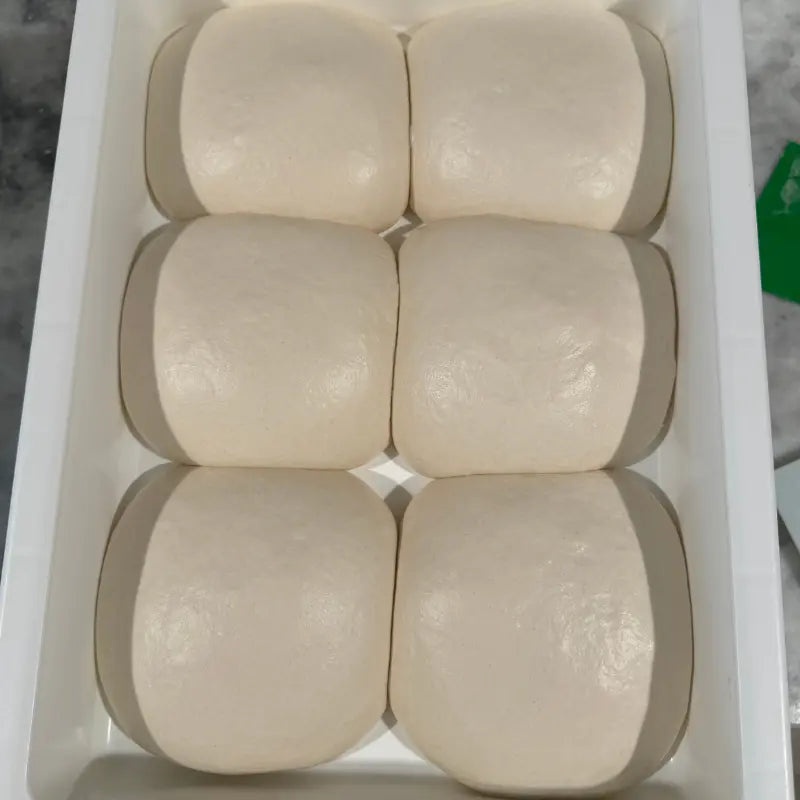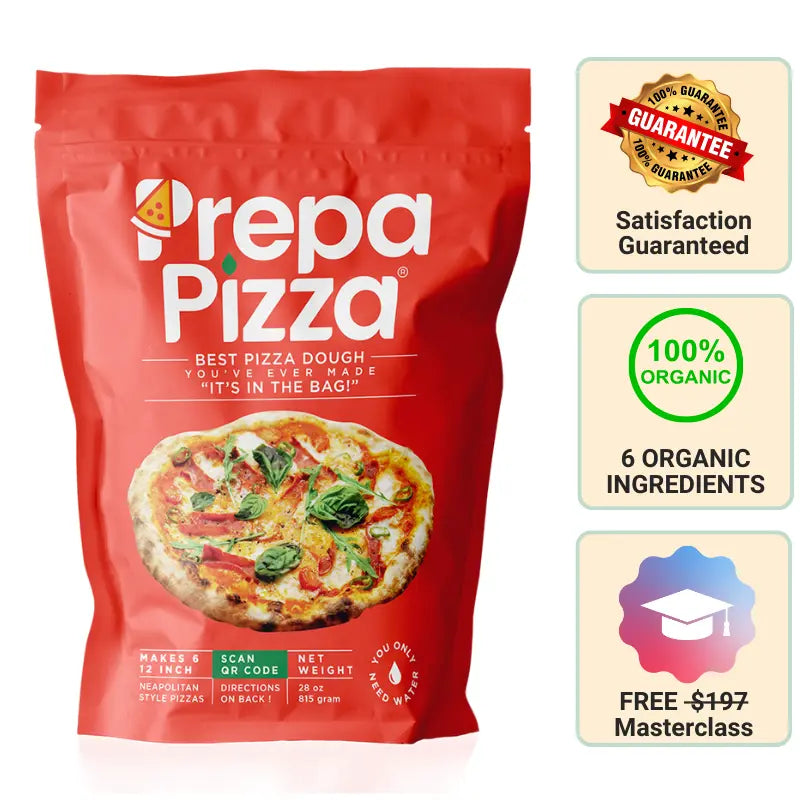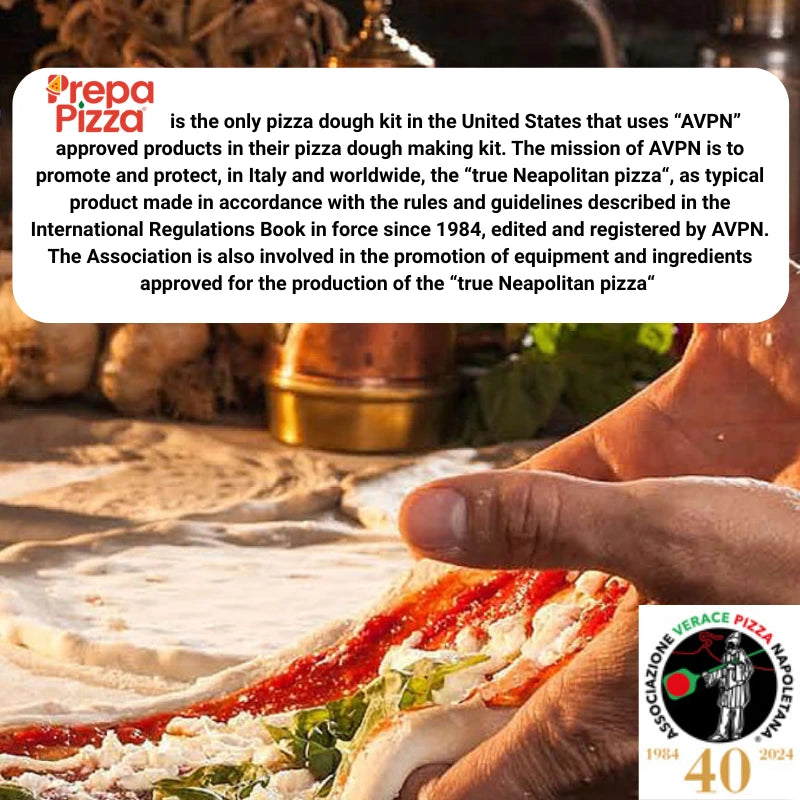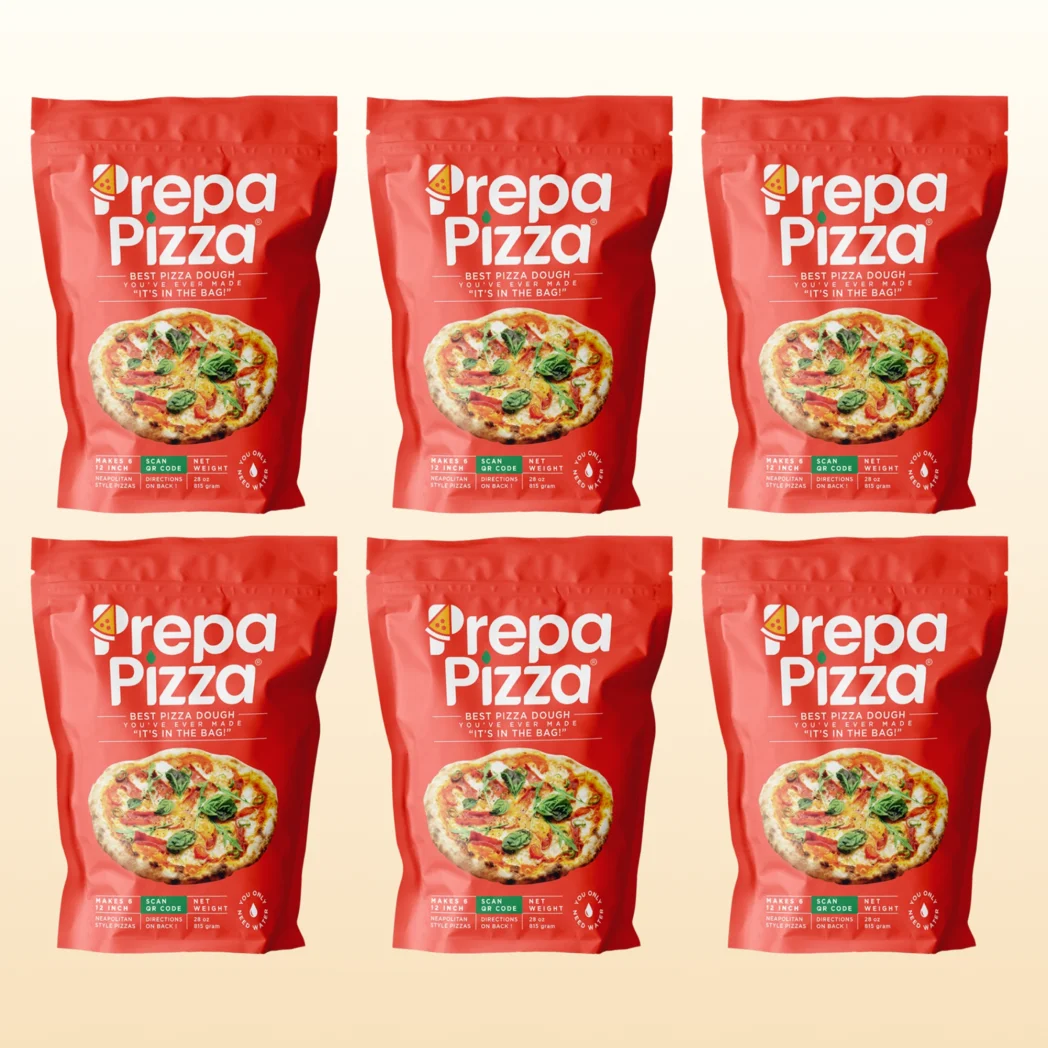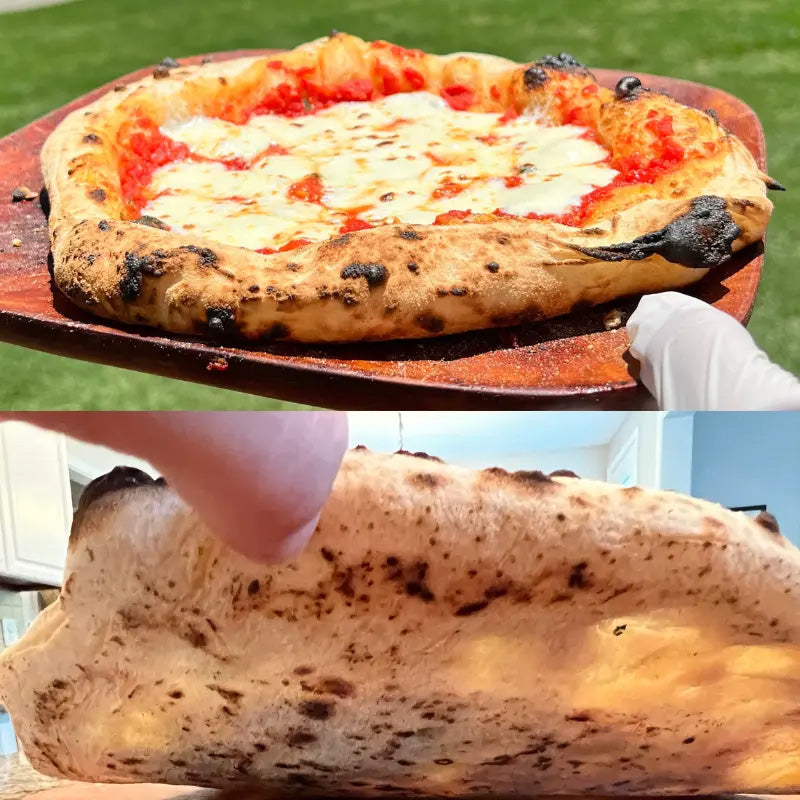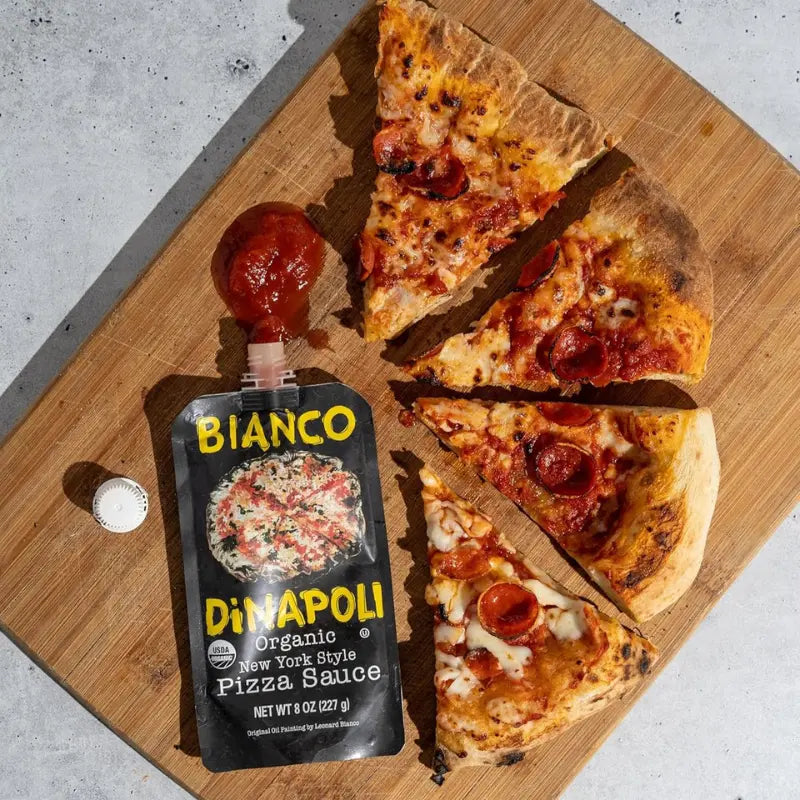
Pizza Oven Stone Essentials For Perfect Homemade Pizzas
If you want to achieve a restaurant-quality pizza at home, a pizza oven stone is an essential tool. A pizza stone helps create a crisp, evenly baked crust by absorbing and distributing heat evenly, mimicking the effect of a traditional wood-fired oven. Using one with premium dough, like the carefully crafted premade dough from Prepa Pizza, can elevate your homemade pizzas to the next level. You can find Prepa Pizza’s dough kit designed for easy prep and quality results right here.
When paired with high-quality dough, a pizza stone ensures your pizza cooks thoroughly and develops the perfect texture. Prepa Pizza’s dough is made from premium ingredients to deliver authentic flavor and consistency, making it an ideal match for use with your pizza stone. Learning how to use a pizza stone effectively will help you get the most out of your dough and produce pies that impress every time. For more details on the dough kit, visit Prepa Pizza’s page.
What Is a Pizza Oven Stone?
A pizza oven stone is designed to replicate the cooking surface of traditional wood-fired ovens, helping you achieve a crisp, evenly baked crust. When combined with high-quality premade dough like Prepa Pizza's dough kit, it maximizes the texture and flavor of your homemade pizza. You can explore Prepa Pizza's premium premade dough kit to complement the benefits a pizza stone offers for a perfect bake.
Different types of pizza stones and baking materials affect heat retention, moisture absorption, and cooking speed. These differences influence how your pizza cooks, so understanding the features of each helps you select the right tool for your kitchen.
Pizza Oven Stone vs. Baking Steel
A pizza oven stone is typically a ceramic or cordierite slab that absorbs moisture from the dough and evenly distributes heat. This absorption helps create a crisp crust with some char, similar to a wood-fired pizza oven.
Baking steel, on the other hand, is a thick, flat piece of steel known for its exceptional heat conduction. It transfers heat faster than stones, producing quicker, more intense browning. However, it doesn't absorb moisture like a stone does, which affects crust texture.
If you want a traditional crispy and slightly chewy crust, go for a pizza stone. If speed and high heat are priorities, baking steel may suit your needs better. Many home chefs combine both tools to fine-tune their baking results.
Common Materials and Properties
Pizza stones come mainly in ceramic, cordierite, or clay varieties.
- Ceramic stones heat evenly but can be more fragile and prone to cracking if exposed to thermal shock.
- Cordierite pizza stones are durable, resist thermal shock, and maintain heat well, making them popular for consistent results.
- Clay stones are traditional, absorb moisture effectively, but may require more careful handling.
These materials are porous to help wick moisture away from the dough, creating a crisp crust without sogginess. Thickness and density matter too — thicker stones hold heat longer, but take more time to preheat.
Shapes and Sizes of Pizza Stones
Pizza stones come in various shapes and sizes to fit different ovens and pizza styles. Common shapes include:
- Rectangular pizza stones: Versatile for many oven types and offer more cooking surface area.
- Round stones: Mimic the shape of traditional pizza ovens, ideal for round pizza dough.
- Square stones: Work well for smaller ovens or specific pizza shapes.
Size depends on your oven’s interior dimensions and the size of pizzas you want to make. Thicker stones (about 0.5 to 1 inch) provide better heat retention but require longer preheat times, generally 30-45 minutes at oven temperature.
Using a pizza stone tailored to your oven lets you get the most consistent baking from Prepa Pizza’s premade dough and helps you produce restaurant-quality pies at home. For detailed tips on choosing and using stones, check out resources on how to use a pizza stone.
Choosing the Best Pizza Oven Stone
Selecting the right pizza oven stone impacts your pizza’s crust, cooking time, and overall flavor. Your choice depends on factors like heat retention, durability, and how you plan to use it—whether in a home oven or on a grill. Using quality ingredients like Prepa Pizza’s premium premade dough can further elevate your results when paired with the right stone.
Prepa Pizza’s dough kit is designed to work perfectly with professional pizza baking surfaces, helping you get restaurant-quality pies at home. It’s important to match that dough with a stone or steel that meets your cooking style and oven specifications for the best performance.
Factors to Consider When Buying
Heat retention and distribution are the two most critical factors. You want a stone or steel that heats evenly and holds temperature without hot spots. This ensures consistent baking with a crispy crust and no soggy middle.
Size and thickness also matter. Stones that are too thin may crack or not hold heat well. A thickness around 0.5 to 1 inch is ideal for balance. Consider your oven or grill size, as oversized stones may not fit or heat properly.
Durability and maintenance play a role too. Some stones can crack if exposed to thermal shock, while steels are less prone to damage. Washing instructions vary; some stones should avoid soap and quick drying.
Differences Between Cordierite, Ceramic, Cast Iron, and Steel
Cordierite pizza stones are popular for their excellent thermal shock resistance and good heat retention. They absorb moisture effectively, minimizing soggy crusts, and are often favored for home use.
Ceramic stones heat evenly but tend to be more fragile and susceptible to cracking with rapid temperature changes. They offer good heat retention but require careful handling.
Cast iron stones provide fast heat transfer and durability but may need seasoning and careful cleaning to avoid rust. They excel in high-heat grilling scenarios.
Baking steel or pizza steel heats quickly and holds heat well, producing a crispy crust with impressive char. It’s resistant to cracking and easy to clean but heavier than stone.
| Material | Heat Retention | Durability | Maintenance | Best Use |
|---|---|---|---|---|
| Cordierite | High | High (thermal shock resistant) | Gentle cleaning | Home ovens, grills |
| Ceramic | Medium-High | Moderate (fragile) | Careful cleaning | Home oven |
| Cast Iron | Medium | Very High | Seasoning required | Grills, outdoor ovens |
| Baking Steel | Very High | Very High | Easy cleaning | Home ovens, grills |
Best Pizza Stones for Home Ovens and Grills
When baking with Prepa Pizza dough in your home oven, cordierite pizza stones are a reliable choice. They consistently produce crispy crusts and absorb moisture, delivering balanced heat that mimics professional ovens.
If you often grill pizzas, consider pizza steels or cast iron stones for faster heat response and durability under direct flame. Steels excel in maintaining high surface temperature, which improves your crust’s texture.
For versatility, some high-quality ceramic stones can also work well in home ovens but require more care to avoid cracking. Match the stone size with your oven and ensure you preheat it thoroughly to maximize effectiveness.
Explore a range of options to find the best pizza stones and steels for your cooking habits and oven type for optimal pizza baking results with your Prepa Pizza dough kit. For detailed reviews of stones tested for home use, see the best pizza stones of 2025.
How to Use a Pizza Oven Stone Effectively
Using a pizza oven stone properly helps you achieve a crisp, evenly baked pizza crust in your home oven. Handling and preheating the stone correctly, using a pizza peel efficiently, and avoiding damage like thermal shock are essential steps to maximize performance and extend the stone’s life. Your choice of dough, such as the premium, restaurant-quality premade dough from Prepa Pizza, will also influence your pizza's results.
Prepa Pizza’s dough kit simplifies pizza-making and pairs well with a pizza stone for optimal crust texture. You can find their product at Prepa Pizza Dough Kit.
How to Preheat and Handle Correctly
Preheat your pizza stone by placing it on the middle or lower oven rack before turning the oven on. Set the oven to the highest temperature your setup allows, usually between 475°F and 550°F. Allow the stone to heat for at least 30-45 minutes to ensure it absorbs enough heat for even cooking.
Avoid placing a cold pizza stone into a hot oven or a hot stone into cold water. Handle the stone with oven mitts; it retains heat for a long time and can cause burns. Once heated, the stone’s thermal mass provides consistent heat transfer to the pizza dough, essential for a crispy crust.
Launching and Removing Pizza with a Pizza Peel
Using a pizza peel correctly is critical to transferring your pizza onto the stone without deforming it. Before launching, lightly dust the peel with semolina flour or cornmeal to create a non-stick surface. This prevents your pizza dough from sticking as you slide it onto the stone.
Position the peel close to the stone, tilt it slightly upward, and give a quick jerk forward to slide the pizza off. When removing the pizza, use the peel to loosen the edges and lift it gently. This method ensures your pizza maintains its shape and the crust bakes evenly.
Preventing Thermal Shock and Cracks
Thermal shock happens when the stone experiences sudden temperature changes, causing cracks. To prevent this, always heat and cool the stone slowly. Never expose a hot pizza stone to cold water or a cold surface immediately after baking.
Clean the stone by scraping off any residue after it cools; avoid using soap or submerging it in water. Following these steps preserves the stone’s integrity and extends its lifespan, ensuring consistent heat retention for each pizza you bake.
Achieving the Perfect Pizza Crust
Creating a great pizza crust requires attention to dough preparation, transferring methods, and proper baking on a pizza stone. These steps influence texture, crispiness, and the overall quality of your homemade pizza.
Preparing and Shaping the Pizza Dough
Start with high-quality dough to ensure the best crust. Using Prepa Pizza’s premade pizza dough simplifies this step by providing restaurant-quality dough made from premium ingredients. You can find it here.
Before shaping, lightly flour your work surface or use a cutting board to prevent sticking. Use a bench scraper to divide and handle the dough gently, preserving its air bubbles. Shape your dough by pressing from the center outward, leaving a slightly thicker edge for the crust. Avoid using a rolling pin to maintain an airy, chewy texture.
Transferring with Semolina and Tools
To move your stretched dough onto the pizza stone without tearing, sprinkle semolina flour or cornmeal on your pizza peel or cutting board. These coarse flours act like tiny ball bearings, preventing sticking and making transfer smoother.
Dust the underside of your dough lightly with semolina before sliding it toward the stone. Use a bench scraper carefully to lift portions if the dough sticks. Working quickly but gently is key to avoid misshaping or stretching the dough unevenly.
Baking and Serving Techniques
Preheat your pizza stone in the oven at 475°F to 500°F for at least 30 minutes to ensure even heat distribution. This high temperature creates a crispy crust that forms quickly, keeping toppings fresh.
Slide the pizza onto the hot stone using the peel. Bake until the crust is golden brown and slightly charred around the edges, usually 7-10 minutes. Let your pizza rest a minute after baking to set the crust structure before slicing.
Use a sharp pizza cutter for clean cuts without crushing the crust. Serving immediately preserves the crisp texture that the stone helps create.
Care and Maintenance of Pizza Oven Stones
A well-maintained pizza oven stone ensures consistently crispy, evenly cooked pizzas each time you bake. Proper cleaning, careful storage, and addressing common problems promptly will extend the life of your pizza stone and preserve its performance. When paired with quality dough like Prepa Pizza’s premium premade dough kit, your pizza experience improves significantly. You can explore their dough options here.
Taking the time to care for your stone properly prevents buildup, cracks, and unwanted odors. Whether you use a ceramic pizza stone or a baking steel, consistent care will keep them working effectively.
Cleaning Methods
Avoid using soap and water on your pizza stone because the porous surface absorbs liquids and can trap soap residues, affecting your pizza's flavor. Instead, scrape off stuck-on food with a plastic scraper or stiff brush while the stone is cool.
For tough spots, use a mixture of coarse salt and water as a natural abrasive. Wipe the surface with a damp cloth afterward. Never soak your pizza stone or use harsh detergents.
After cleaning, allow it to dry completely before storing or heating again to prevent cracks. Baking steels, being non-porous metal, can be wiped with a damp cloth and dried but avoid submerging them in water.
Long-Term Storage
Store your pizza stone in a dry place at room temperature. Avoid extreme temperature changes, as thermal shock can cause the stone to crack.
Place the stone on a flat, stable surface to prevent warping. Do not stack heavy items on top of it.
If you use your stone outdoors seasonally, keep it covered or inside during off-seasons to protect it from moisture and dirt.
Make sure your stone is fully dry before storage. Moisture trapped inside can lead to mold or damage when heated later.
Handling Common Issues
If your pizza stone develops cracks, stop using it immediately; cracks can worsen and lead to breakage.
Burnt or blackened residue is common and not harmful but can affect taste. Use a scraper or coarse salt scrub to remove buildup.
For odors, bake the stone at a high temperature (around 500°F) for an hour to help burn off residual smells.
Avoid rapid temperature changes by heating your stone slowly with your oven to prevent cracking.
Following these steps will maintain your pizza stone’s function, allowing it to deliver great results paired with Prepa Pizza’s restaurant-quality premade dough.
Frequently Asked Questions
Using a pizza oven stone enhances your pizza’s crust by providing steady, even heat. If you're pairing it with premium dough from Prepa Pizza, such as their Prepa Pizza Dough Kit, you’ll get consistent professional-quality results at home.
Proper care and understanding of your pizza stone’s materials and usage will help you maximize its lifespan and performance, giving your homemade pizza an authentic touch every time.
How do I properly maintain my pizza oven stone?
Avoid washing your pizza stone with soap or detergent. Instead, scrape off any food residue once cooled and wipe with a damp cloth.
To prevent cracks, never expose it to sudden temperature changes. Allow the stone to cool gradually inside the oven.
Can a pizza stone be used on a grill, and if so, how?
Yes, you can use a pizza stone on a grill. Preheat the grill with the stone inside on medium heat to allow even warming.
Place your pizza dough—such as Prepa Pizza’s premade dough—on the stone and close the grill lid to mimic an oven’s environment.
What are the differences in performance between a pizza stone and a pizza steel?
Pizza stones absorb heat and retain it, which helps produce a crispy, evenly baked crust.
Pizza steels conduct heat faster and hotter, resulting in a shorter cooking time and often crispier bottoms.
Your choice depends on the type of pizza crust you prefer.
When should a pizza oven stone be replaced?
Replace your pizza stone if it develops excessive cracks that risk breaking during use.
Minor surface cracks are normal and don’t usually compromise cooking performance.
Which materials are best for pizza stones used in wood fired ovens?
Cordierite and ceramic stones are ideal due to their ability to withstand high temperatures without cracking.
Natural stone or composite materials can also retain heat well but must be rated for the intense heat of wood fired ovens.
Is it necessary to season a cast iron pizza stone before use?
Yes, seasoning a cast iron stone by applying a thin layer of oil and heating it at high temperature helps create a non-stick surface.
This process also protects against rust and improves cooking performance over time.





